 Updated for 2024. Since these are available every 12 months, it is a good idea to check these near or around the same time each year. A lot of companies make their money by collecting and selling data – your personal data. It can be critical to know what they are telling prospective lenders, landlords, even employers about you. Under the FCRA and/or FACT Act, many consumer reporting agencies (CRAs) are now legally required to send you a free copy of your report every 12 months, as well as provide a way to dispute incorrect information.
Updated for 2024. Since these are available every 12 months, it is a good idea to check these near or around the same time each year. A lot of companies make their money by collecting and selling data – your personal data. It can be critical to know what they are telling prospective lenders, landlords, even employers about you. Under the FCRA and/or FACT Act, many consumer reporting agencies (CRAs) are now legally required to send you a free copy of your report every 12 months, as well as provide a way to dispute incorrect information.
Some have an online request form, but some are purposefully making it harder to check your reports by removing the online option. Don’t be afraid to call them if needed. You probably won’t want to bother checking all of them anyhow, but if you’ve experienced any sort of rejection or adverse action in these areas the cause might be found inside one of these databases. Keep in mind that you may not have a file with all of these places. Requesting a copy of your own consumer reports does not hurt your credit score.
The Consumer Financial Protection Bureau has been doing a much better job maintaining their own comprehensive list of CRAs (PDF version) recently, so I am editing down this list to include direct links to the overall categories along with the larger and more widely-used consumer reporting agencies.
Credit-Related
Experian, Equifax, and TransUnion. The three major credit bureaus track your credit accounts, payment history, and other related information like bankrupts and liens. Free online credit reports now available weekly (the frequency was increased from annual to weekly during the COVID pandemic, but that change has been made permanent).
- AnnualCreditReport.com
- 877-322-8228
(Note: As part of a class action settlement, you may also request up to six additional free copies of your Equifax credit report directly from myEquifax during any 12-month period through December 2026.)
You can also now freeze your credit reports for free, but you must contact each bureau separately. For the contact info, please see Big List of Ways To Protect Your Identity: Free Credit Monitoring, Free Credit Locks, and Free Credit Freezes
LexisNexis. One of the largest personal information databases that includes public records, real estate transaction and ownership data, lien, judgment, and bankruptcy records, professional license information, and historical addresses on file. Free copy, must mail in form.
- LexisNexis.com request page
- 866-897-8126
CoreLogic Credco. One of the largest credit-related CRAs and often used by mortgage lenders, your CoreLogic Credco Consumer File can contain: previous homeownership and mortgage info, rental payment history, any reported delinquencies, and other debt obligations like child support. Free copy once every 12 months.
- Credco.com request page
- 800-637-2422
Banking-Related
Chexsystems. A consumer information database used by an estimated 80-90% of all banks to help determine the risk of opening new accounts. Think of it as the banks’ version of a credit bureau. If a person commits check fraud or overdraws their account, it will be listed here. In addition, the simple act of opening or closing a bank account may be recorded in their database. Having a negative ChexSystems record can leave you blacklisted from opening bank accounts at most major banks. Free copy once every 12 months. You can now request your report online.
- ChexSystems request page
- 800-428-9623
Subprime-Related (Payday Lending)
Microbilt and subsidiary Payment Reporting Builds Credit (PRBC). Microbilt is a provider of credit data for the “approximately 110 million underserved and underbanked consumers in the United States.” Free copy once every 12 months.
- Microbilt.com request form
- 888-222-7621
Rental History
Realpage (LeasingDesk) Consumer Report. Provides tenant screening through their LeasingDesk product, including “the industry’s largest rental payment history database.”
- RealPage.com report request page
- 866-934-1124
CoreLogic SafeRent. SafeRent provides both tenant and employment screening data, including information regarding landlord tenant and criminal public court records. One free report every 12 months.
- CoreLogic.com report request form
- 888-333-2413
Experian RentBureau Rental History Report. “Every 24 hours, Experian RentBureau receives updated rental payment history data from property owners/managers, electronic rent payment services and collection companies and makes that information available immediately to the multifamily industry through our resident screening partners.”
- Experian.com/RentBureau report request page (see bottom right; PDF form)
- 877-704-4519
TransUnion Rental Screening Solutions. SmartMove provides tenant credit, eviction, and background checks.
- MySmartMove.com FAQ page
- SmartMove will disclose the contents of a criminal and/or credit report retained by SmartMove to an individual who requests a copy of their report. To verify your identity and obtain a copy of your report(s) or dispute any information within that report, please contact customer service at 866-775-0961.
Auto and Property Insurance
C.L.U.E. Personal Property Report. A division of LexisNexis, CLUE stands for Comprehensive Loss Underwriting Exchange, which collects information that is used to calculate your insurance premiums. This report provides a seven year history of losses associated with an individual and his/her personal property. Includes date of loss, loss type, and amount paid along with general information such as policy number, claim number and insurance company name. This also means you can find out about previous claims on the house you are currently renting or recently bought, even if they weren’t made by you.
- LexisNexis.com CLUE report request page
- 866-312-8076
C.L.U.E. Auto Report. This report provides a seven year history of automobile insurance losses associated with an individual. Includes date of loss, loss type, and amount paid along with general information such as policy number, claim number and insurance company name.
- LexisNexis.com CLUE report request page
- 866-312-8076
A-PLUS Loss History Reports, subsidiary of Verisk. ISO stands for Insurance Services Office, A-PLUS stands for Automated Property Loss Underwriting System. Auto and property loss claim history.
- Verisk.com report request page
- 800-627-3487
Utilities
National Consumer Telecom and Utilities Exchange. NCTUE tracks when people don’t pay their phone, cable, or utility bills. One free report every 12 months.
- NCTUE.com report request page
- 866-349-5185
Retail
The Retail Equation. Tracks product return and exchange abuse at retail merchants.
- TheRetailEquation.com request page
- 800-652-2331 or returnactivityreport@theretailequation.com
Medical History
MIB (previously known as Medical Information Bureau). Run by 470 insurance companies with a “primary mission of detecting and deterring fraud that may occur in the course of obtaining life, health, disability income, critical illness, and long-term care insurance.” They record information of “underwriting significance” like medical conditions or hazardous activities. If you have not applied for individually underwritten life, health, or disability income insurance during the preceding seven year period, then you probably don’t have a record.
- MIB.com report request page (see bottom)
- 866-692-6901
Milliman IntelliScript. Tracks your prescription drug purchase history. “Milliman IntelliScript will have prescription information about you only if you authorized the release of your medical records to an insurance company and that company requested that we gather a report on you.”
- RXHistories.com report request page (see bottom)
- 877-211-4816
Employment History
The following companies all offer background screening services for employers. Most will not have any information about you unless you authorized a potential employer to run a background check on you (probably during the application process). Some will not provide you information unless there was adverse action. Otherwise, you can get one free copy every 12 months.
The Work Number (division of Equifax). They also keep historical income records.
- TheWorkNumber.com report request page
- 866-604-6570
Backgroundchecks.com
- Backgroundchecks.com report request page
- 866-265-6602
Checkr
- Checkr candidate portal (access report here).
- Checkr also powers the free background check at BetterFuture.com
- 844-824-3257
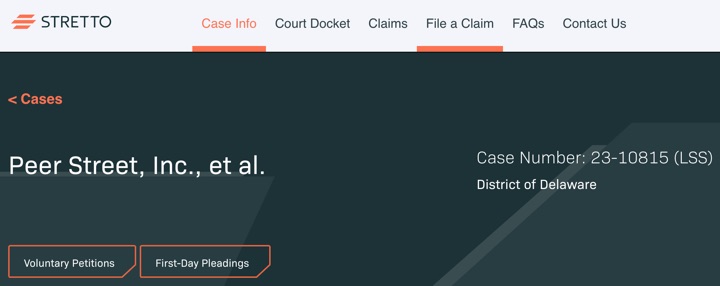
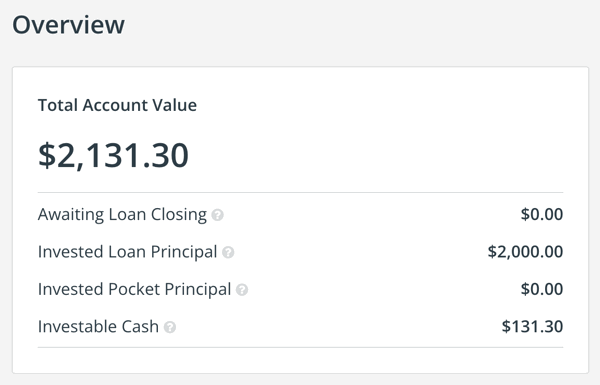
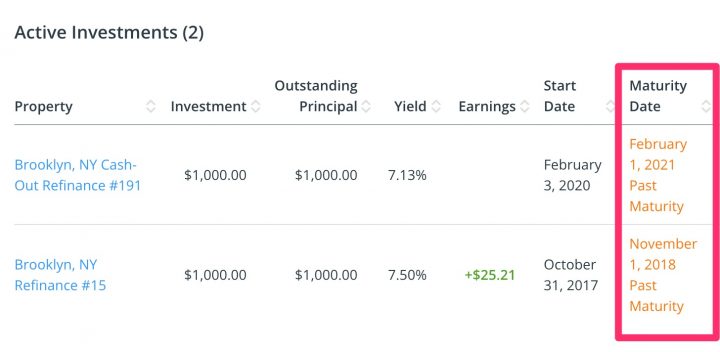
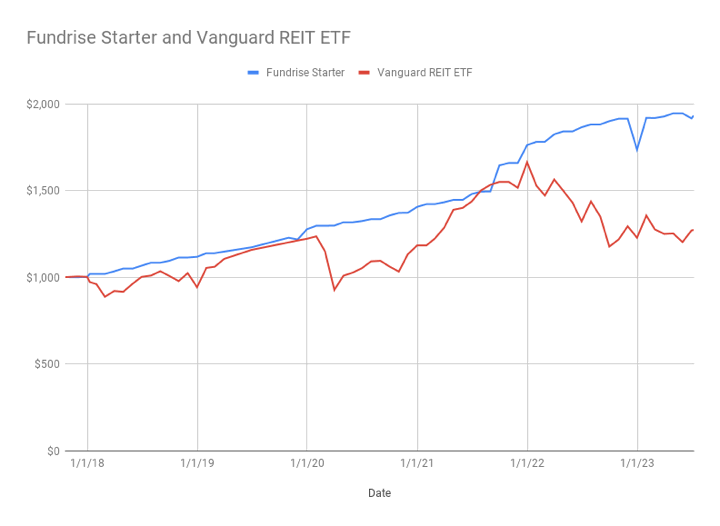

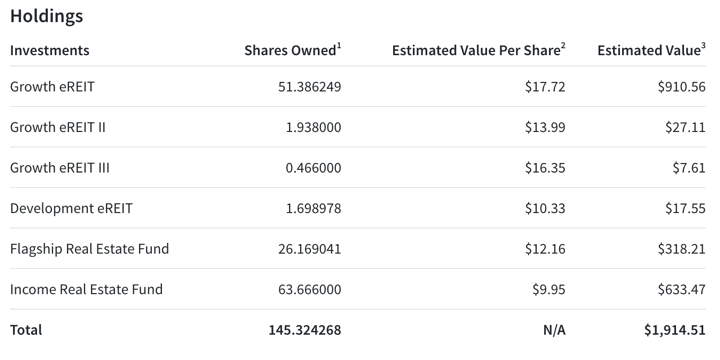

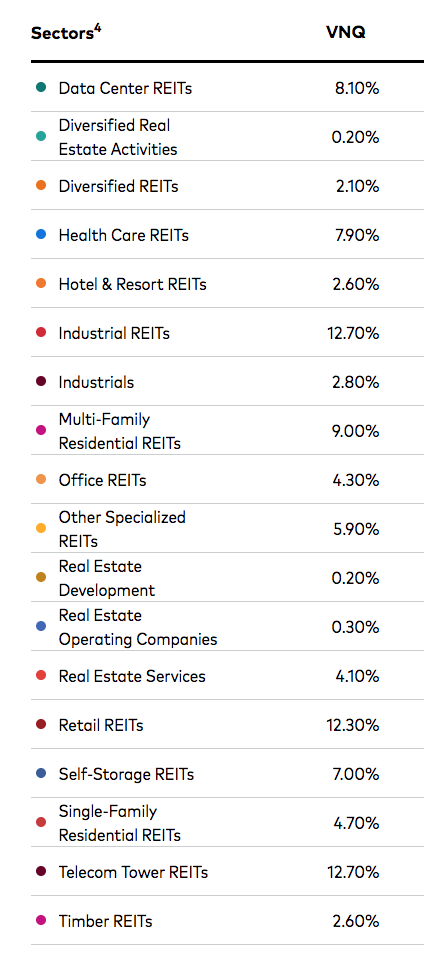
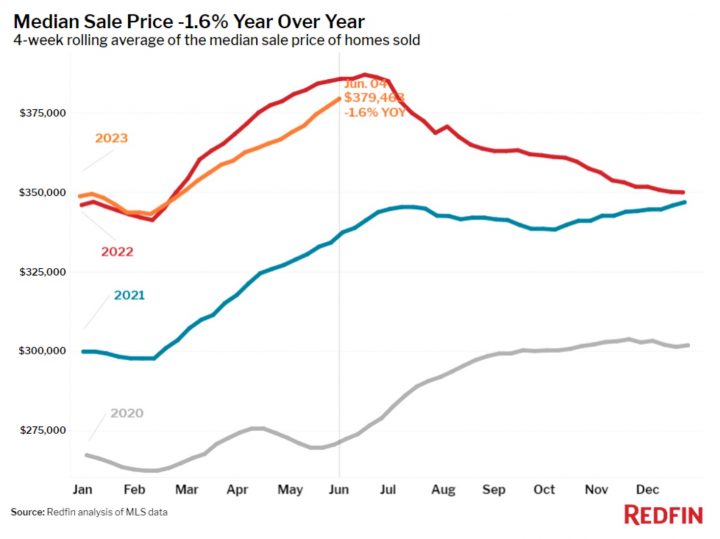
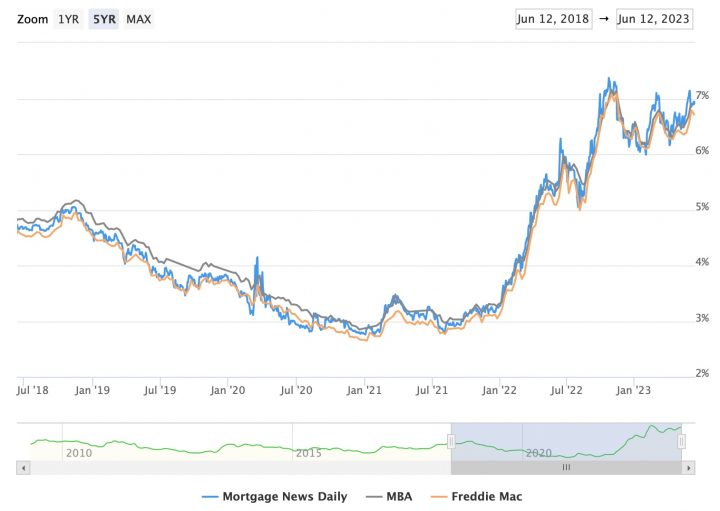
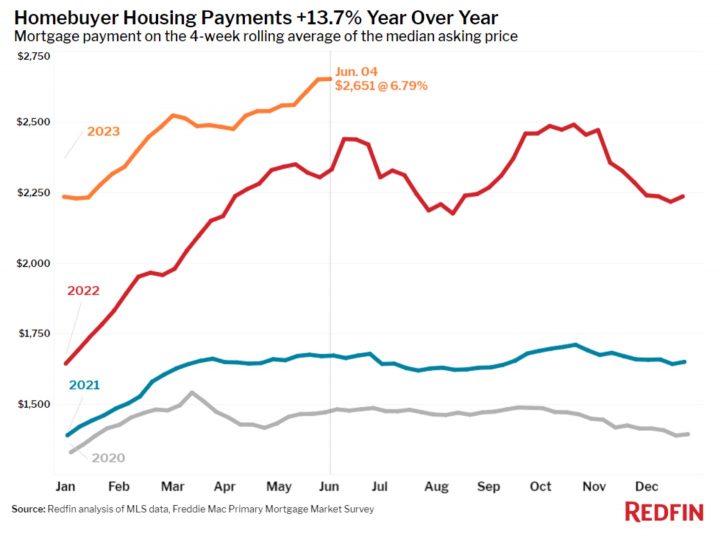
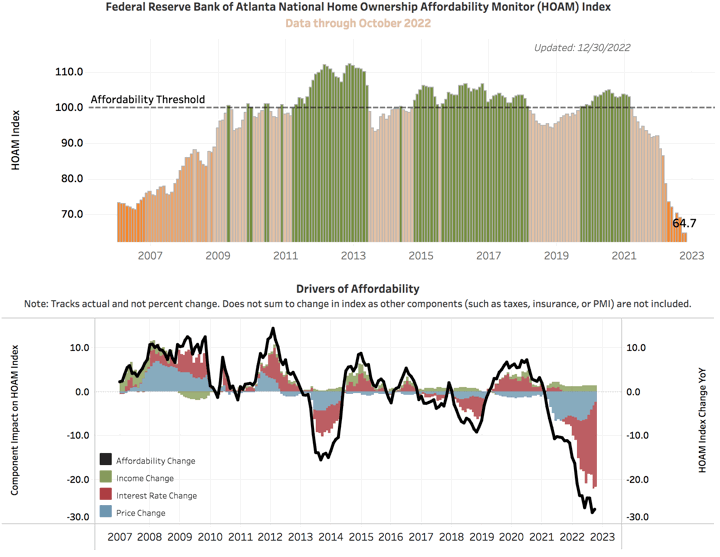
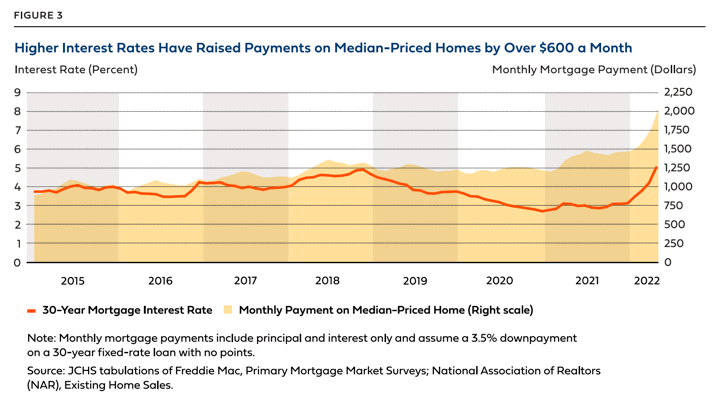
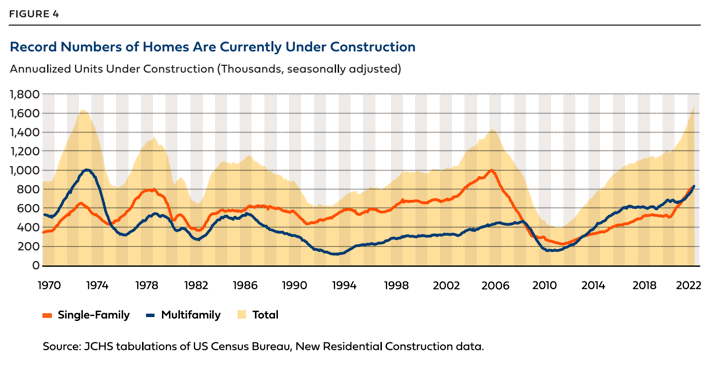

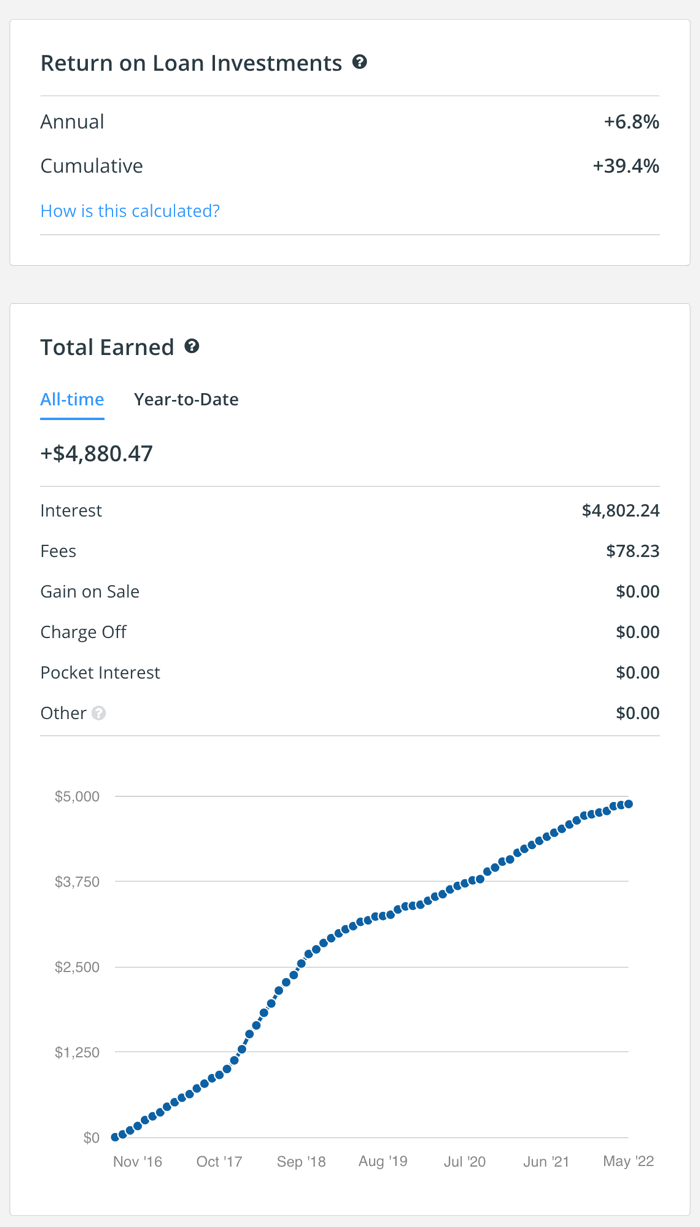
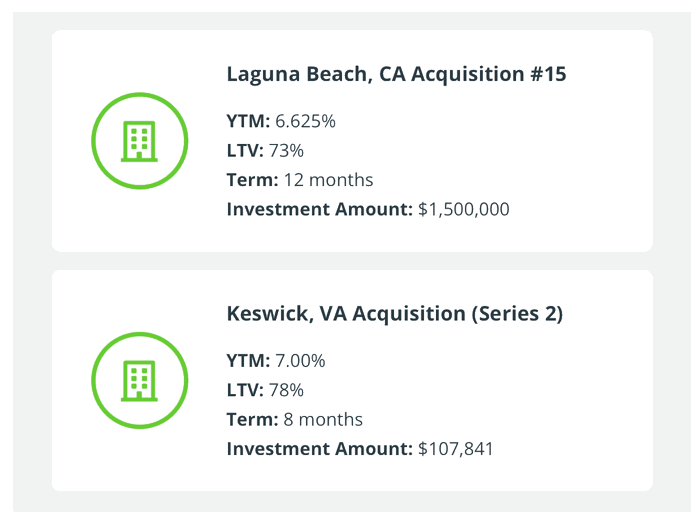
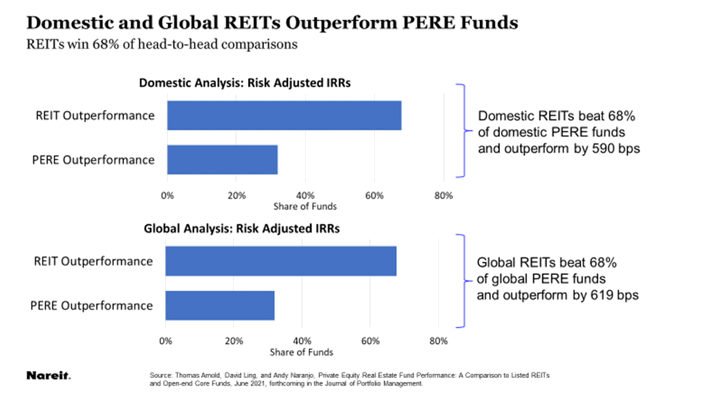
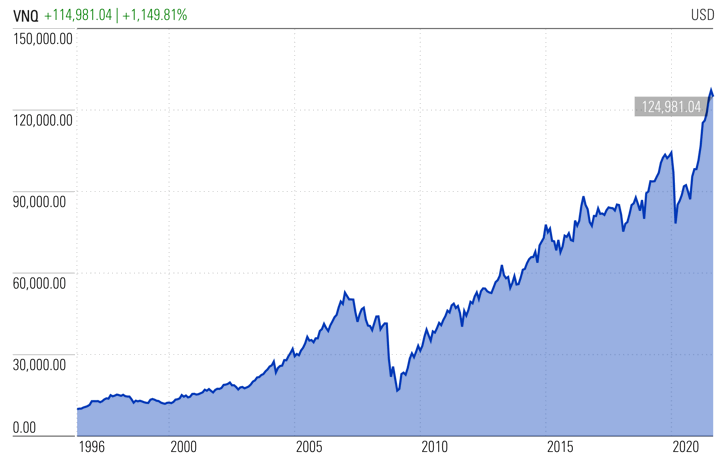
 Bloomberg has an interview transcript with investor John Paulson, and it has the catchy headline
Bloomberg has an interview transcript with investor John Paulson, and it has the catchy headline 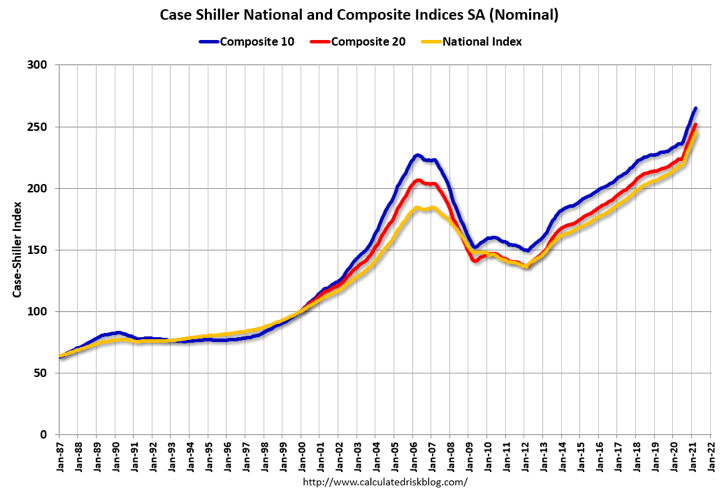

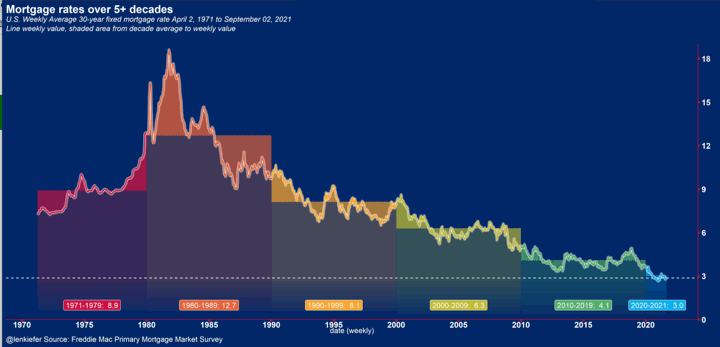
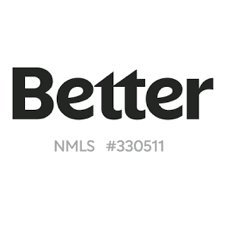
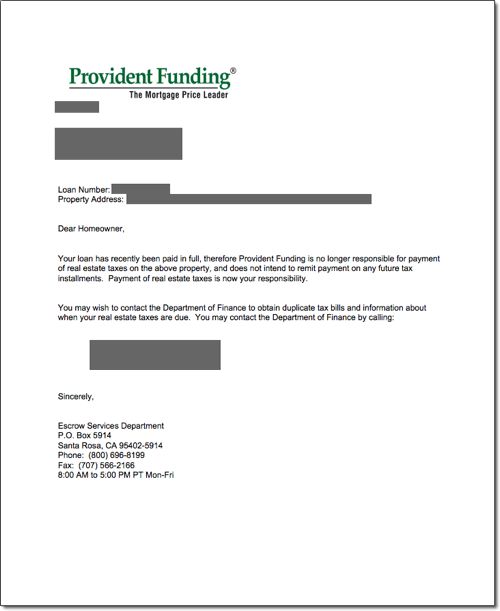
 The Best Credit Card Bonus Offers – May 2024
The Best Credit Card Bonus Offers – May 2024 Big List of Free Stocks from Brokerage Apps
Big List of Free Stocks from Brokerage Apps Best Interest Rates on Cash - May 2024
Best Interest Rates on Cash - May 2024 Free Credit Scores x 3 + Free Credit Monitoring
Free Credit Scores x 3 + Free Credit Monitoring Best No Fee 0% APR Balance Transfer Offers
Best No Fee 0% APR Balance Transfer Offers Little-Known Cellular Data Plans That Can Save Big Money
Little-Known Cellular Data Plans That Can Save Big Money How To Haggle Your Cable or Direct TV Bill
How To Haggle Your Cable or Direct TV Bill Big List of Free Consumer Data Reports (Credit, Rent, Work)
Big List of Free Consumer Data Reports (Credit, Rent, Work)